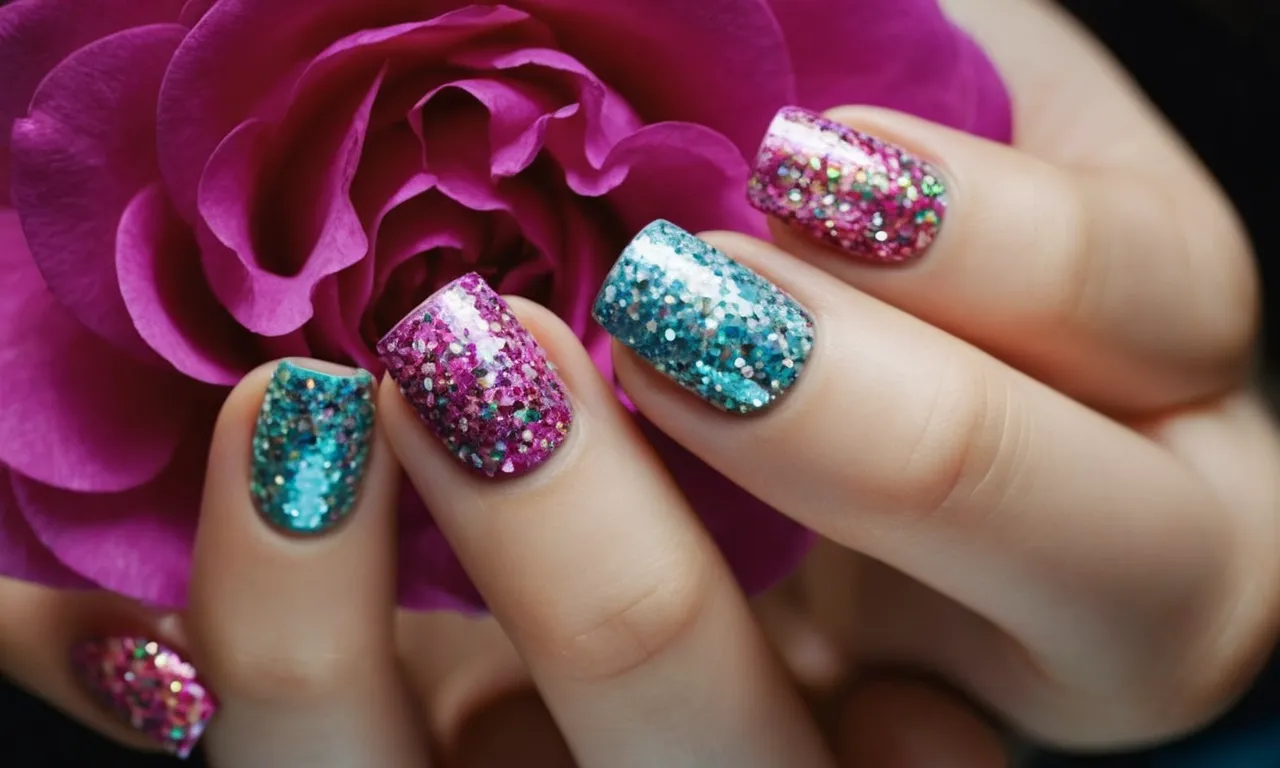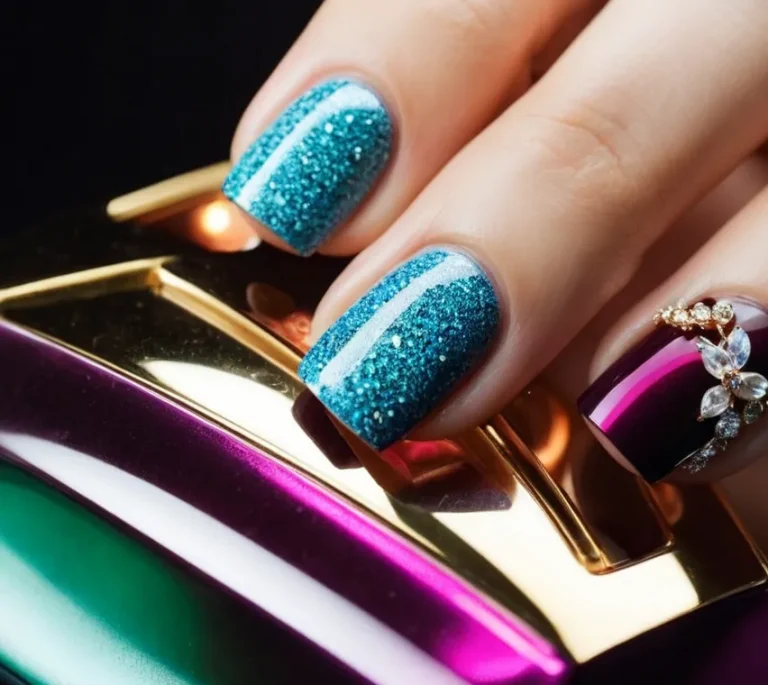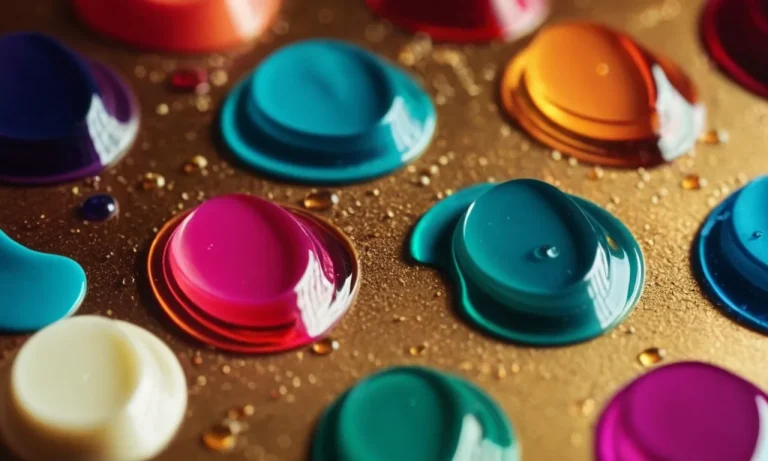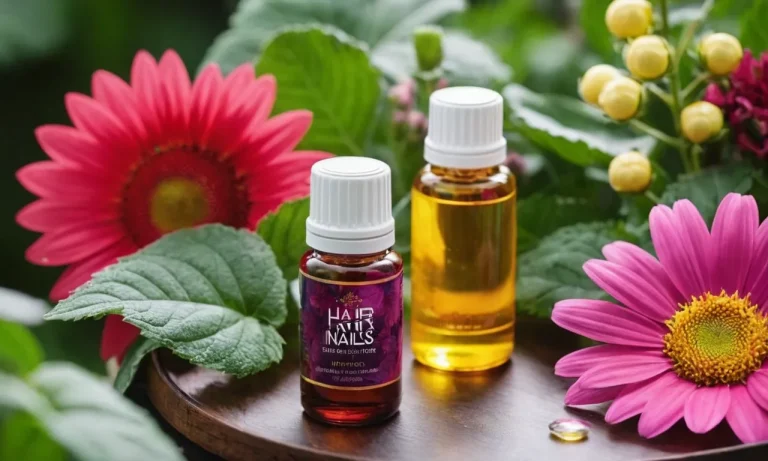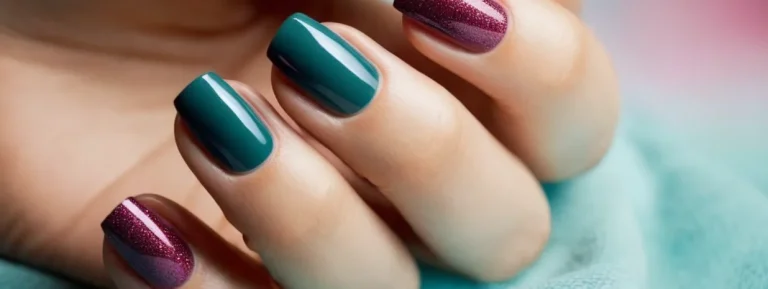Are Glue On Nails Safe For 10 Year Olds?
Glue on nails, also called press on nails, allow you to quickly apply artificial nails without using nail glue or visiting a salon. If you have a 10 year old interested in experimenting with nail art, you may be wondering – are these safe for my child to use?
The quick answer is yes, glue on nails can be safe for 10 year olds to use with proper supervision and care. In this comprehensive guide, we’ll cover everything you need to know about safety considerations, application tips, removal, and more.
Understanding Nail Growth in Children
Nail Anatomy and Development Stages
Nails in children go through distinct developmental stages as they grow. The parts of a nail include the root, nail bed, nail plate, eponychium (cuticle), hyponychium, and nail fold. The rate of nail growth varies with age – infants’ nails grow faster than adults.
According to research, the average nail growth rate for children ages 6-10 years is 3-4 millimeters per month. Fingernails require 3-6 months to regrow completely, while toenails need 9-12 months.
Healthy nail growth requires nutrients like protein, zinc, iron, biotin, and vitamins. Trauma or nutrient deficiency can affect growth. Disorders like koilonychias (spoon nails) or nail pitting can also develop in childhood.
The best way to promote good nail health in kids is a balanced diet and preventing injury to the nail bed or cuticle.
Importance of Healthy Nails for Overall Wellness
Healthy nail growth is a sign of overall wellness in children. Nails protect the fingers and toes. They assist with picking up small objects, scratching, and protecting the skin. Deformities or injuries can cause pain and affect kids’ daily activities.
Nail abnormalities may signal an underlying illness. For example, blue nails can indicate low oxygen circulation. Frequent infections may mean a weakened immune system. Paying attention to changes and teaching good hygiene promotes healthy nail growth.
Letting injuries heal properly minimizes the risk of long-term deformities. Seeing a doctor at the first sign of problems can help diagnose and treat any disorders early.
Benefits and Risks of Glue on Nails for Kids
Allow Creative Self-Expression
Glue on nails can allow children around 10 years old to freely express their creativity and individuality. Decorating nails with cute designs, colors, and textures can be a fun artistic outlet. It gives kids a chance to show their unique style.
Applying press-on nails also helps kids practice fine motor skills and coordination. As long as proper supervision is provided, it can be a positive and constructive activity.
According to a 2022 survey by the American Academy of Dermatology, over 30% of tweens enjoy experimenting with nail art. Dermatologists say it can be safe for kids ages 10 and up, as long as non-toxic glues and nail polishes are used.
So with proper precautions, glue on nails can be an imaginative hobby that boosts self-esteem.
Potential for Damage If Applied Improperly
While glue on nails offer creative possibilities, they do carry some risks if not applied carefully. The main concern is damage to the natural nail plate. Pressing artificial nails on too firmly can weaken the nail bed.
Peeling nails off aggressively can also rip layers of the real nail off, causing pain and increased susceptibility to infection.
Dermatologists warn that nails are still developing in pre-teens. So any trauma to the cuticle area can disrupt proper nail growth. Chemical ingredients in low-quality adhesives may also irritate skin. Parents should monitor application and removal to prevent mishaps.
Proper nail prep and using only mild, non-damaging glues reduces the risks.
Statistics from medical journals show up to a 10% rate of nail damage in young nail art enthusiasts. Proper education on safe application techniques brings the incidence below 3%. So with adult guidance, glue on nails can be safe for kids 10 and over.
But risks do exist if not applied carefully with kid-friendly products.
Choosing the Safest Glue on Nail Products
Opt for Gentler, Non-Damaging Adhesives
When choosing glue on nails for 10 year olds, it’s important to select adhesives that are gentle on young, developing nail beds. Many mainstream nail glues contain harsh ingredients like ethyl cyanoacrylate, an active ingredient that can damage nails over time with repeated use.
Instead, look for kid-friendly nail glues made with gentler formulas, often water or plant-based.
Some great options to try include Miss Candy Nail Glue for Kids, made from natural gum arabic, or Piggy Paint Nail Glue, which is non-toxic and water-based. Both provide ample sticking power without the damage of mainstream glues.
For added safety, opt for glues with certification from the AP certified non-toxic seal.
Avoid Certain Ingredients
When scanning ingredient lists on nail glues, steer clear of the following:
- Ethyl cyanoacrylate – This active ingredient in many mainstream nail glues is what provides the intense bonding power. However, it can also damage nails, especially with repeated exposure over time.
- Formaldehyde – Added as a preservative in some nail products, formaldehyde is a known carcinogen and allergen. Trace amounts can cause reactions in sensitive individuals.
- Triphenyl phosphate – Common in nail polish and glue, this plasticizer allows flexibility but is also an endocrine disruptor. It’s best avoided, especially for young children.
- Toluene – Another nasty ingredient found in some nail glues, toluene can cause nausea, headaches, and organ damage with repeated exposure.
By law, all ingredients should be listed on the nail glue’s packaging. Do some research before purchasing a new nail product for your 10 year old. When in doubt, check the FDA’s website for prohibited ingredients in cosmetics.
Proper Application and Removal Techniques
Following Package Directions Closely
When applying glue-on nails to a 10-year-old, it is crucial to follow the package directions closely. This will help ensure proper application and adhesion of the nails. Here are some tips:
- Read the package insert thoroughly and follow all preparation steps, such as pushing back cuticles and lightly buffing the natural nail surface.
- Make sure to apply the amount of glue specified by the manufacturer. Using too little glue can lead to lifting and detachment.
- Apply firm pressure to each nail for the recommended time to maximize bonding. Don’t skimp on press time.
- Allow the recommended drying/curing time before doing anything with the nails. Full adhesion takes time.
Following directions for glue-on nail application allows the child to get the best wear and enjoyment from the product. Rushing through the process or ignoring steps can lead to a frustrating experience.
Giving the Nails a Break In Between Sets
It’s important to give a child’s nails a rest between glue-on nail sets. According to dermatologists, constantly wearing false nails can damage the nail bed. Here are some tips for healthy nail habits:
- Leave nails bare for 2-3 days between nail sets. This allows nails to breathe and recover.
- Apply cuticle oil daily during breaks to nourish nails and cuticles.
- File off any leftover glue after removing nails. Don’t allow residue to build up.
- Avoid back-to-back applications for special events. Give nails a week off in between.
Taking planned breaks preserves nails’ moisture and strength. The American Academy of Dermatology recommends limiting false nails to special occasions for children under 12. Frequent use at a young age can thin nails and inhibit normal growth.
Soaking Off Gently With Acetone-Free Remover
For safe removal, glue-on nails should be soaked off slowly with acetone-free nail polish remover. Acetone is too harsh for children’s nails. Here are tips for gentle removal:
- Look for remover labeled “acetone-free” and check ingredients to be sure.
- Soak a cotton ball and hold it against the nail for 30-60 seconds before gently rolling off.
- Never pull or pick at the nails to remove them. This can rip the natural nail.
- File off any residual glue after soaking. Don’t leave it to build up.
- Follow up with cuticle oil to hydrate nails after removal.
Patient, acetone-free soaking protects the nail bed from damage. For kids under 12, dermatologists recommend avoiding removers with acetone, which dries and weakens developing nails (1). With the right products and techniques, glue-on manicures can be fun and safe for little fingers!
Reference:
Watching for Signs of Problems
Allergic Reactions
Some children may experience allergic reactions to the ingredients in glue-on nails. The most common allergens are acrylates found in nail glues and gels. Reactions can range from mild irritation and redness to severe swelling, itching, and skin peeling.
Parents should watch for signs of allergy like rashes, hives, or skin peeling around the nail bed. If a reaction occurs, remove the nails immediately and avoid using the product again. To test for allergies beforehand, apply a small dab of glue to the inside of the wrist and wait 24-48 hours to see if any reaction develops.
Other potential allergens include latex proteins in latex gloves used during application, and fragrances or chemicals in nail polish or nail art products. Those with sensitive skin or known latex or chemical allergies should use caution and test products first. If red flags appear, discontinue use.
For severe reactions, seek medical attention for treatment options.
Lifting or Damage
Glue-on nails can sometimes start to lift at the edges or cause damage to the natural nail. This is more likely with very active use of the hands, improper application, or weak adhesives. To prevent lifting or damage:
- Make sure to follow all package directions for proper application and glue cure times.
- Avoid water exposure for at least 24 hours to allow full drying and bonding.
- Apply glue thinly and precisely to avoid contact with skin.
- File the natural nail lightly before application to help with adhesion.
- Avoid picking, pulling, or prying at the artificial nails to prevent natural nail damage.
If lifting occurs, resist the urge to peel off the nails. Instead, carefully trim back the lifted edge and re-glue it. If damage to the natural nail occurs, remove the nails immediately and allow the nail bed to heal before reapplying.
Seek medical care if any tearing, infection, or severe injury happens.
With proper application and care, glue-on nails can be a fun occasional option for young girls. But close parental supervision is advised, watching for any worrisome signs of allergic reaction, lifting, or damage. Discontinue use if any adverse effects occur.
For the safest results, reserve wear for special occasions only.
Conclusion
With supervision, education, and care, glue on nails can be a safe way for creative 10 year olds to explore nail art trends. Be sure to choose quality products designed for children, follow application directions closely, and give growing nails a break between sets.
Pay attention for any signs of reactions or damage, and consider consulting your pediatrician with any concerns.

